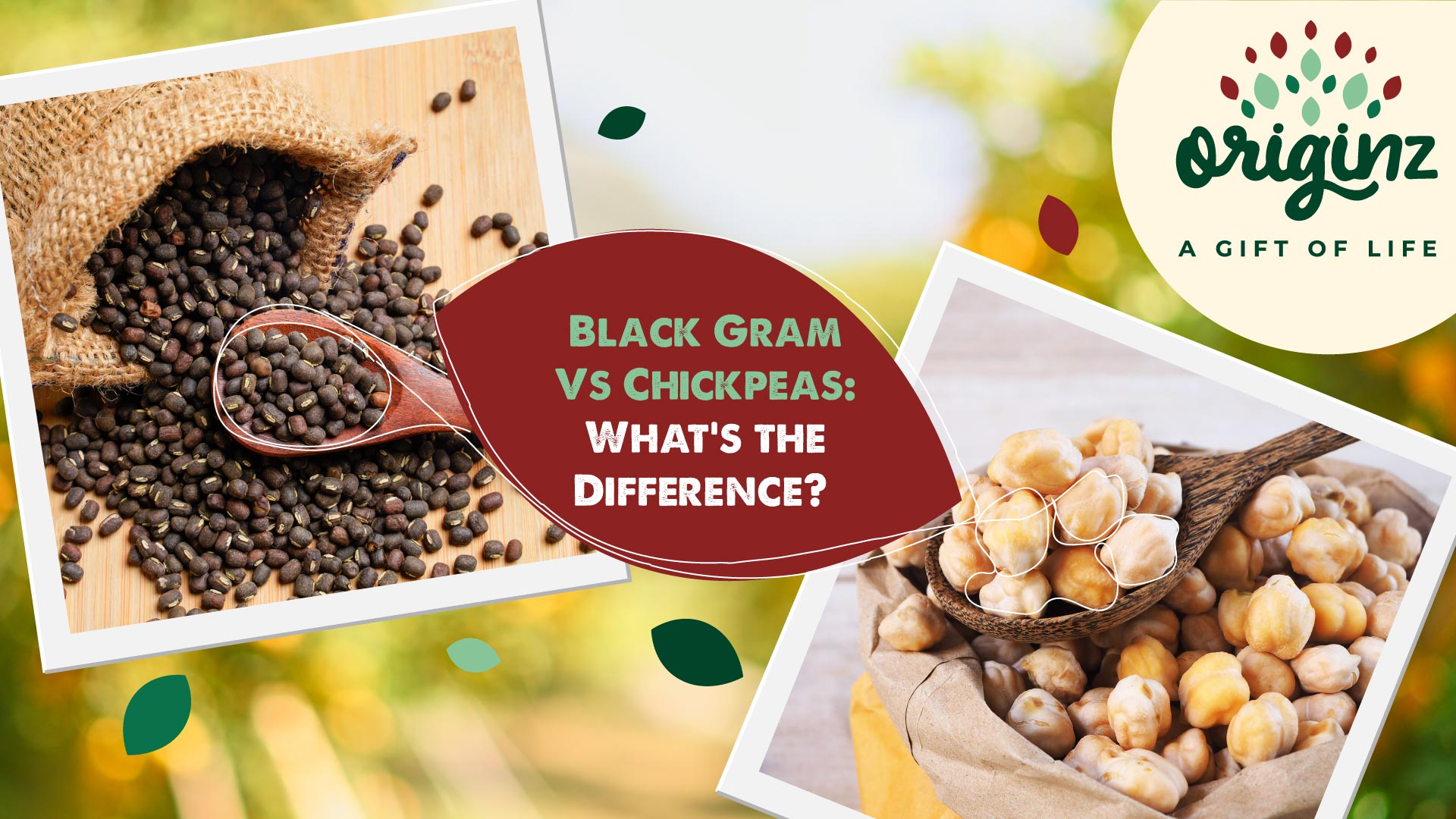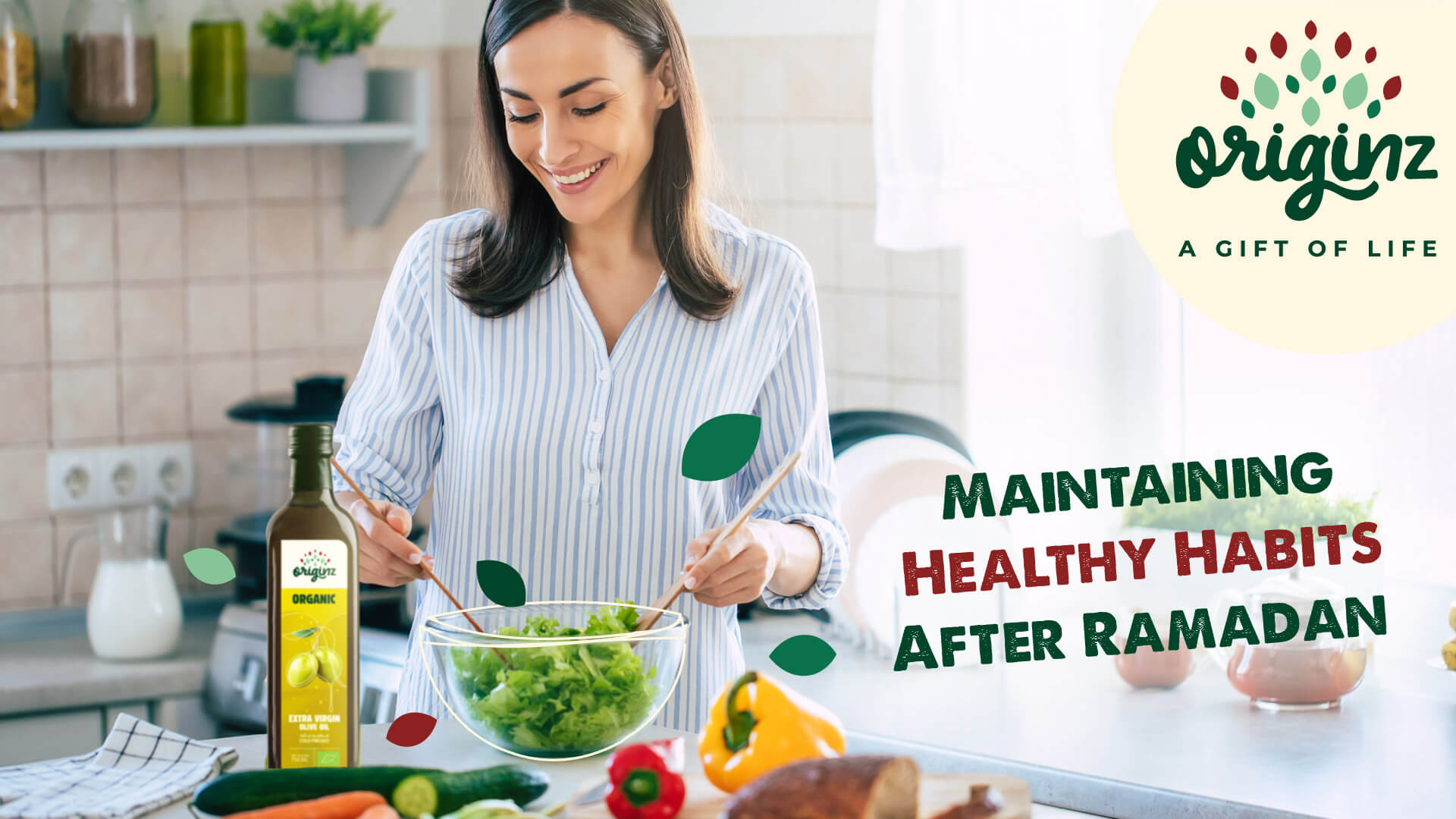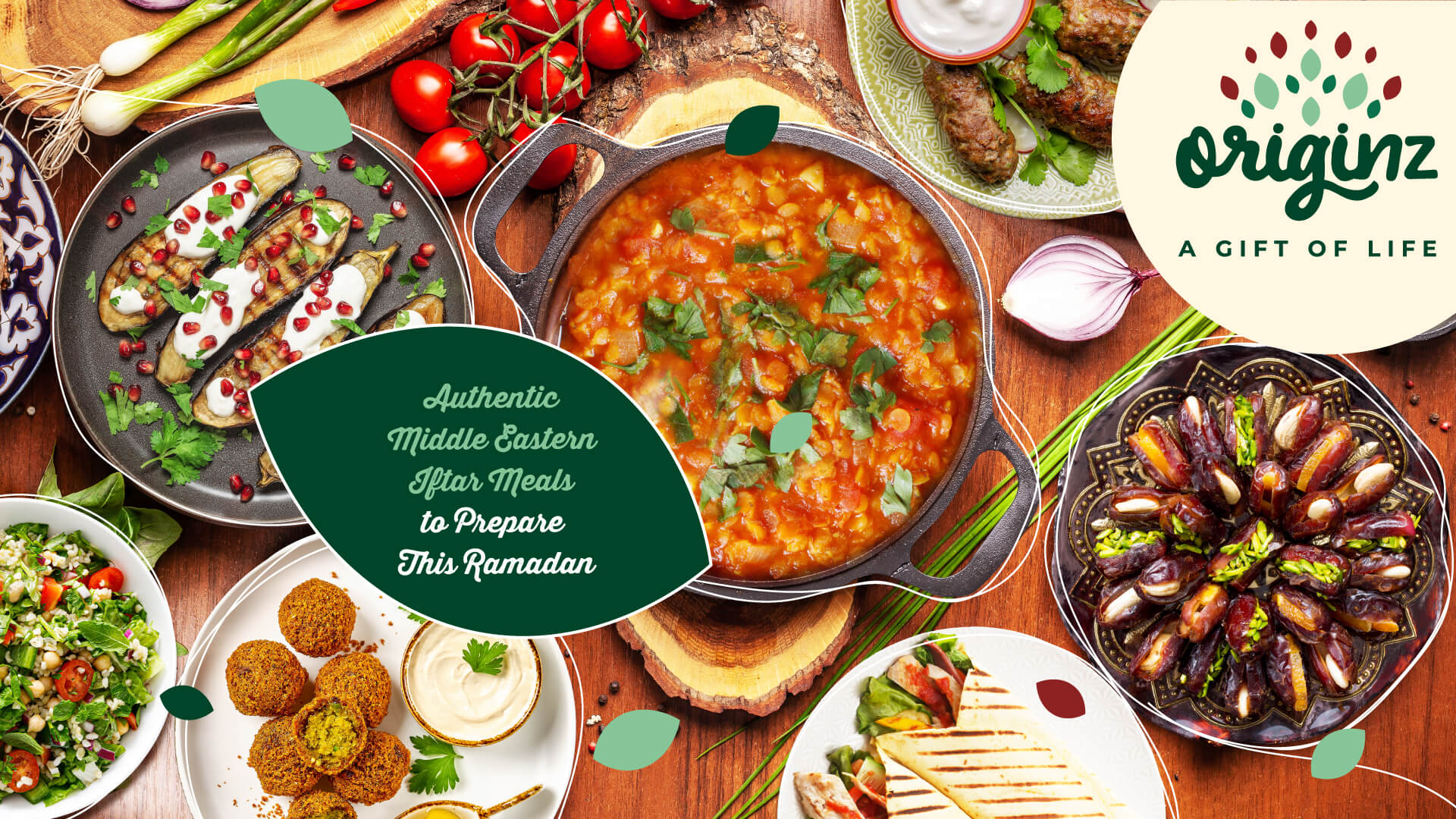
Black Gram Vs Chickpeas: What's the Difference
In a world where nutrition and healthy eating are now a priority for most of us, black gram and chickpeas emerge as powerhouses, each presenting a distinct array of benefits. These versatile staples enhance the culinary experience and contribute significantly to overall health. This blog will end the debate between black gram vs chickpeas by shedding light on their nutritional content and the diverse advantages they bring to the table.
Black Gram: Black gram, scientifically referred to as Vigna mungo, holds a special place in the culinary traditions of numerous cultures, particularly in India. Black gram is a type of pulse renowned for its rich protein content, dietary fibre, and essential nutrients. Let's explore the benefits of adding black gram to your diet.
Benefits of Black Gram:
1. High Protein Content:
Black gram is celebrated for its richness in protein, making it an excellent choice for vegetarians and vegans. Protein is crucial for muscle development, repair, and overall bodily functions.
2. Fibre-Rich Composition:
One of the most important benefits of black gram is the dietary fibre, which supports digestion, prevents constipation and promotes the growth of beneficial gut bacteria.3. Iron Enrichment:
As a good source of iron, black gram contributes to the transportation of oxygen throughout the body. Maintaining adequate iron levels is essential for preventing anemia and sustaining overall health.4. Sustained Energy Release:
The complex carbohydrates in black gram provide a sustained release of energy, making it an optimal choice for those seeking enduring vitality throughout the day.Chickpeas: Chickpeas, scientifically known as Cicer arietinum, is one of the oldest cultivated crops, boasting a rich history spanning millennia. It is commonly referred to as garbanzo bean. The plant produces small, beige, or pale brown seeds, the edible part commonly consumed as a staple food in various cuisines worldwide. They are used in various dishes, including salads, soups, and stews, and as the main ingredient in popular spreads/dips like hummus.
Benefits of Chickpeas:
1. Protein Richness:
Chickpeas are an outstanding source of plant-based protein, making them a valuable addition to vegetarian and vegan diets. Protein is essential for muscle maintenance, immune function, and overall body repair.2. High Fibre Composition:
With approximately 12 grams of fibre per cup, chickpeas actively support digestive health by facilitating regular bowel movements and preventing constipation. Additionally, the high fibre content aids in weight management by inducing a feeling of fullness.3. Balanced Macronutrients:
The best benefit of chickpeas is that they offer a well-balanced combination of carbohydrates, protein, and fat, providing a satiating and energy-boosting food option.4. Vitamin and Mineral Abundance:
Rich in essential
nutrients such as folate, manganese, phosphorus, and iron, chickpeas contribute
significantly to overall well-being. These nutrients are key in various bodily
functions, including energy metabolism and red blood cell formation. Organic chickpeas are even
higher in nutrients, because of the nutrient retention benefits of organic
farming practices.
Black Gram vs Chickpeas: The Difference
Protein Content:
Both black gram and chickpeas stand out as excellent sources of plant-based protein, though their content differs. While black gram offers around 25 grams of protein per cup, chickpeas provide about 15 grams per cup. Black gram may be preferable if a higher protein content is sought.Fibre Content:
Chickpeas take the lead regarding fibre content, offering approximately 12 grams per cup compared to black gram's approximately 7.5 grams per cup. This positions chickpeas as an excellent choice for those prioritizing digestive health.Iron Content:
Black gram is notably rich in iron, supplying about 7.6 milligrams per cup. Chickpeas, while still a source of iron, provide a slightly lower amount at approximately 4.7 milligrams per cup. Individuals with a focus on iron intake may find black gram more suitable.Versatility in Cooking:
Both black gram and chickpeas prove incredibly versatile in the kitchen. Chickpeas are commonly employed in salads, soups, stews, and even as the main ingredient in spreads/dips like hummus. Chickpeas are also very famous in countries like India for the dish known as Chole bhature, making it a popular choice. Conversely, black gram is used in various Indian dishes, such as dal and idli. Culinary preferences and the type of cuisine enjoyed may dictate the choice between the two.
Benefits of Eating Chickpeas: Healthy Eating Plans
Heart Health:
Chickpeas boast nutrients like potassium and magnesium that contribute to heart health by supporting blood pressure regulation and cardiovascular function.Blood Sugar Regulation:
The combination of fibre and protein in chickpeas aids in regulating blood sugar levels, making them a suitable choice for individuals managing diabetes or seeking to control blood sugar.Weight Management:
Chickpeas' high fibre and protein content induce a feeling of fullness, potentially assisting in weight management by reducing overall calorie intake.Enhanced Digestive Health:
Chickpeas' fibre content actively supports a healthy digestive system by preventing constipation and fostering the growth of beneficial gut bacteria.
Conclusion
Whether choosing
black gram for its higher protein content or chickpeas for its fibre-rich
profile, incorporating these into your diet contributes to overall health. If you’re looking for ways to
incorporate chickpeas into your cooking, look no further than these delicious recipes from Originz!
Striking a balance and enjoying the variety each option offers is key. Experiment with new recipes, create delightful hummus with chickpeas or savour the comforting taste of black gram dal. Regardless of your choice, you're bound to reap nutritional rewards, making your culinary journey flavorful and incredibly nourishing.
Further Read,
Healthy Fruit Purees for Babies
Benefits of Organic Food for Babies
Latest Blogs

Maintaining Healthy Habits After Ramadan
Have Ramadan healthy meals after Ramadan and maintain healthy food habits and implement them in your daily lives. Read more about healthy food habits.

Authentic Middle Eastern Iftar Meals to Prepare This Ramadan
Prepare some authentic middle eastern iftar meals this Ramadan. Look for fresh Ramadan food ideas and make your day memorable with these dishes. Check them out.

Ramadan Dishes to Cure Fasting Fatigue
Don’t worry about fasting fatigue anymore as we have listed some best Ramadan dishes and easy iftar meals to support your fasting journey. Check them out.

Eid-al-Fitr Feast: Delicious Recipes to Celebrate the End of Ramadan
Celebrate the end of Ramadan with delicious recipes on the eve of Eid ul Fitr. Read more about the traditional Ramadan recipes and make them easily.